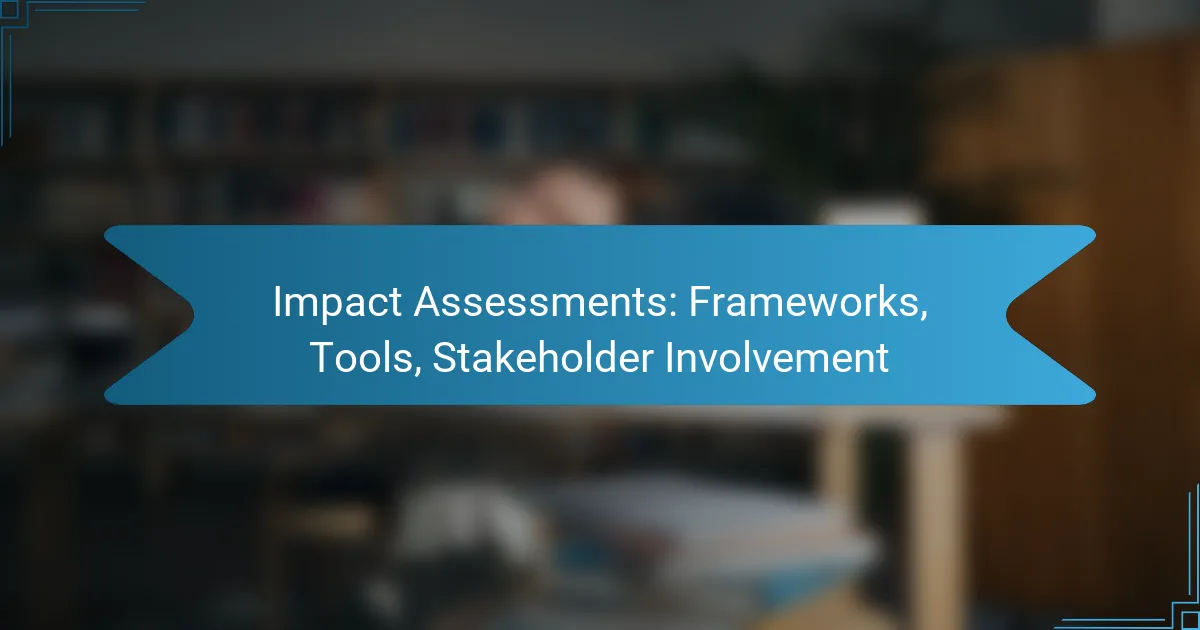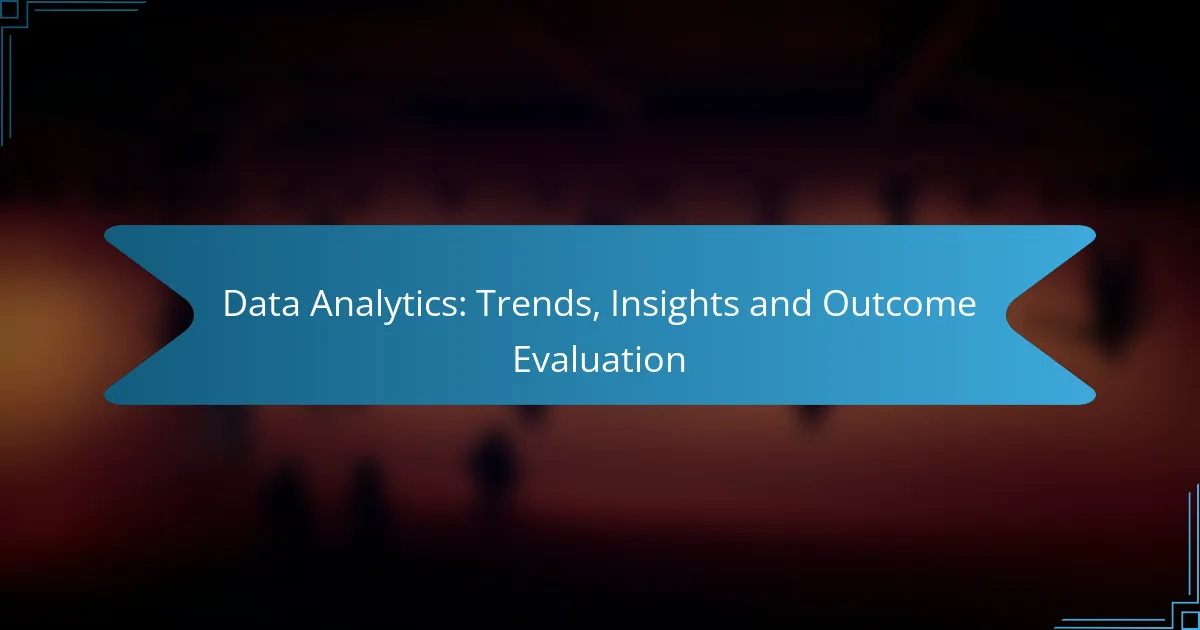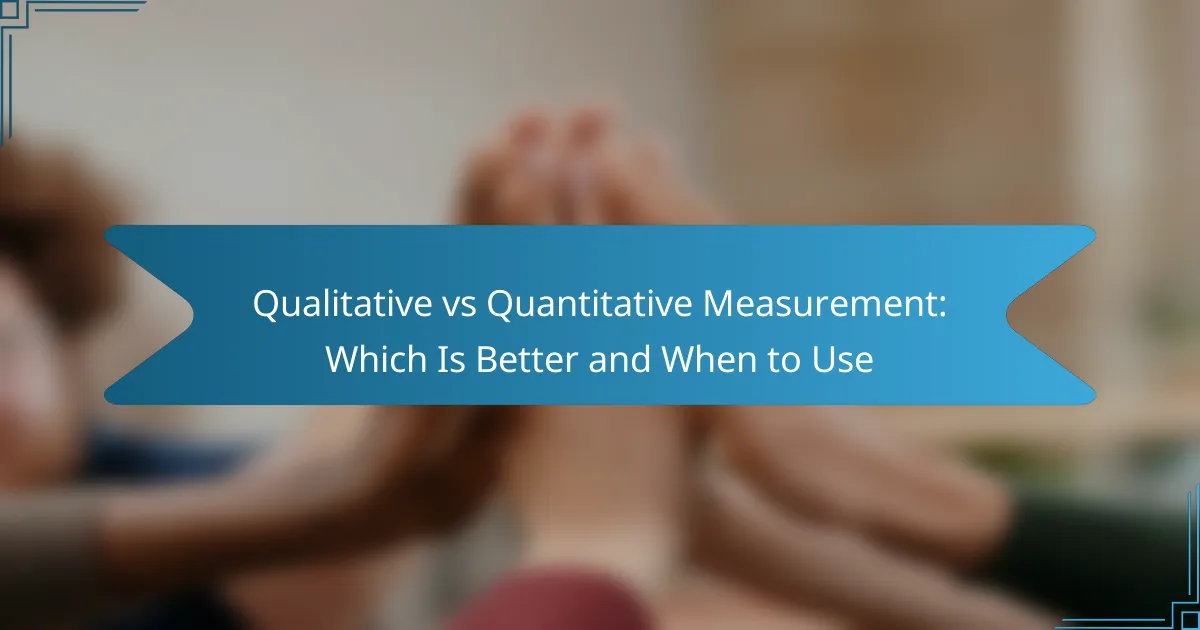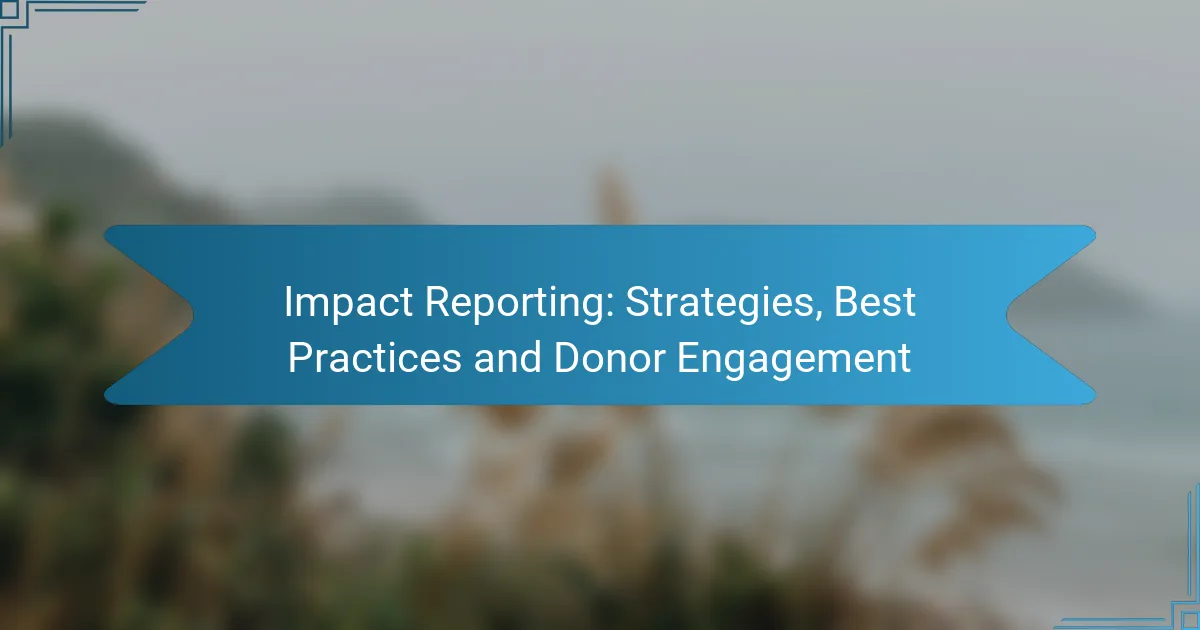Impact assessments are essential processes designed to evaluate the potential effects of projects or policies on the environment, society, and health. Utilizing various frameworks such as Environmental Impact Assessment (EIA) and Social Impact Assessment (SIA), these assessments require careful selection of tools and active stakeholder involvement to ensure a comprehensive evaluation that addresses the needs and concerns of all affected parties.

What Are the Key Frameworks for Impact Assessments?
Impact assessments are structured processes used to evaluate the potential effects of projects or policies on the environment, society, and health. Key frameworks include Environmental Impact Assessment (EIA), Social Impact Assessment (SIA), Health Impact Assessment (HIA), Strategic Environmental Assessment (SEA), and Integrated Impact Assessment (IIA), each serving distinct but often overlapping purposes.
Environmental Impact Assessment (EIA)
Environmental Impact Assessment (EIA) is a systematic process that evaluates the potential environmental effects of a proposed project before it is approved. It typically involves identifying, predicting, and assessing the impacts on natural resources, ecosystems, and communities.
Key steps in an EIA include scoping, impact analysis, mitigation measures, and public consultation. For instance, a construction project may require an EIA to assess effects on local wildlife and air quality, ensuring compliance with regulations like the EU EIA Directive.
Social Impact Assessment (SIA)
Social Impact Assessment (SIA) focuses on the social consequences of a project, including effects on communities, culture, and livelihoods. It aims to understand how changes will affect people’s lives and social structures.
Common elements of SIA include stakeholder engagement, baseline studies, and impact management strategies. For example, a new industrial facility may undergo SIA to evaluate its impact on local employment and community cohesion, ensuring that stakeholders’ voices are heard.
Health Impact Assessment (HIA)
Health Impact Assessment (HIA) evaluates the potential health effects of a project or policy, aiming to improve public health outcomes. It considers both direct and indirect health impacts, including physical, mental, and social well-being.
HIAs typically involve screening, scoping, assessment, and recommendations. For instance, urban development projects often use HIA to assess how changes in infrastructure may influence air quality and access to healthcare services, promoting healthier environments.
Strategic Environmental Assessment (SEA)
Strategic Environmental Assessment (SEA) is a proactive approach that evaluates the environmental impacts of policies, plans, and programs at a strategic level. It helps decision-makers incorporate environmental considerations into early planning stages.
SEAs are often required for large-scale developments and government policies, ensuring sustainability is embedded in decision-making. For example, a national transportation plan may undergo SEA to assess its long-term environmental implications, guiding more sustainable choices.
Integrated Impact Assessment (IIA)
Integrated Impact Assessment (IIA) combines various impact assessment frameworks, such as EIA, SIA, and HIA, to provide a holistic view of a project’s effects. This approach recognizes that environmental, social, and health impacts are interconnected.
IIAs can streamline the assessment process and promote comprehensive decision-making. For instance, a renewable energy project might utilize IIA to simultaneously evaluate its environmental footprint, social implications, and health benefits, leading to more informed and balanced outcomes.
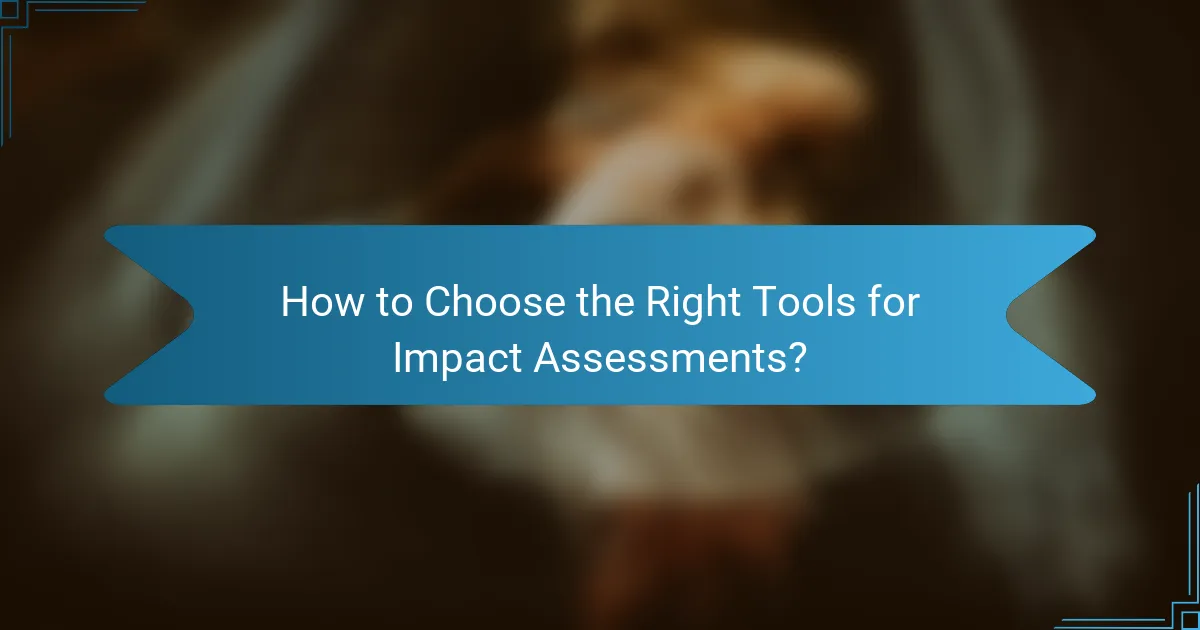
How to Choose the Right Tools for Impact Assessments?
Selecting the right tools for impact assessments involves understanding the specific needs of your project and the type of assessment being conducted. Consider factors such as the scope of the assessment, stakeholder involvement, and the data required to ensure effective evaluation.
Software Tools for EIA
Software tools for Environmental Impact Assessments (EIA) help streamline the analysis and reporting processes. Popular options include GIS software for spatial analysis, modeling tools for predicting environmental changes, and project management software to coordinate tasks and timelines.
When choosing software, consider compatibility with existing systems, user-friendliness, and the specific features needed for your project. For instance, tools like ArcGIS are excellent for geographic data, while software like OpenProject can assist in managing project workflows.
Data Collection Tools for SIA
Social Impact Assessments (SIA) rely on data collection tools to gather qualitative and quantitative information from stakeholders. Surveys, interviews, and focus groups are common methods, while online platforms can facilitate broader outreach.
Utilize tools like SurveyMonkey or Google Forms for efficient survey distribution and data collection. Ensure that your data collection methods are culturally sensitive and tailored to the target population to enhance response rates and data quality.
Health Assessment Tools
Health assessment tools evaluate the potential health impacts of projects on communities. These tools can include health risk assessment software, epidemiological modeling tools, and community health surveys.
Consider using tools like the Health Impact Assessment (HIA) framework, which guides the evaluation of health effects. It’s crucial to engage with public health experts to ensure that the assessments are comprehensive and aligned with local health regulations and standards.

What Role Do Stakeholders Play in Impact Assessments?
Stakeholders are crucial in impact assessments as they provide diverse perspectives and insights that shape the evaluation process. Their involvement ensures that the assessment is comprehensive and considers the needs and concerns of all affected parties.
Stakeholder Identification
Identifying stakeholders is the first step in the impact assessment process. This includes individuals, groups, or organizations that may be affected by or have an influence on the project. Common stakeholders include local communities, government agencies, NGOs, and industry representatives.
To effectively identify stakeholders, consider conducting a stakeholder mapping exercise. This can help categorize stakeholders based on their level of influence and interest, ensuring that key voices are included in the assessment process.
Engagement Strategies
Engagement strategies are essential for fostering meaningful participation from stakeholders. Techniques can include public meetings, surveys, focus groups, and one-on-one interviews. The choice of strategy often depends on the stakeholders’ preferences and the project’s context.
It is important to create an inclusive environment where all stakeholders feel comfortable sharing their views. Tailoring communication methods to suit different groups can enhance engagement and ensure diverse input.
Feedback Mechanisms
Implementing effective feedback mechanisms allows stakeholders to express their opinions and concerns throughout the impact assessment process. This can include follow-up surveys, comment periods, or dedicated feedback sessions after initial consultations.
Establishing clear channels for feedback helps build trust and demonstrates that stakeholder input is valued. Regularly updating stakeholders on how their feedback has influenced the assessment can further strengthen relationships and encourage ongoing participation.
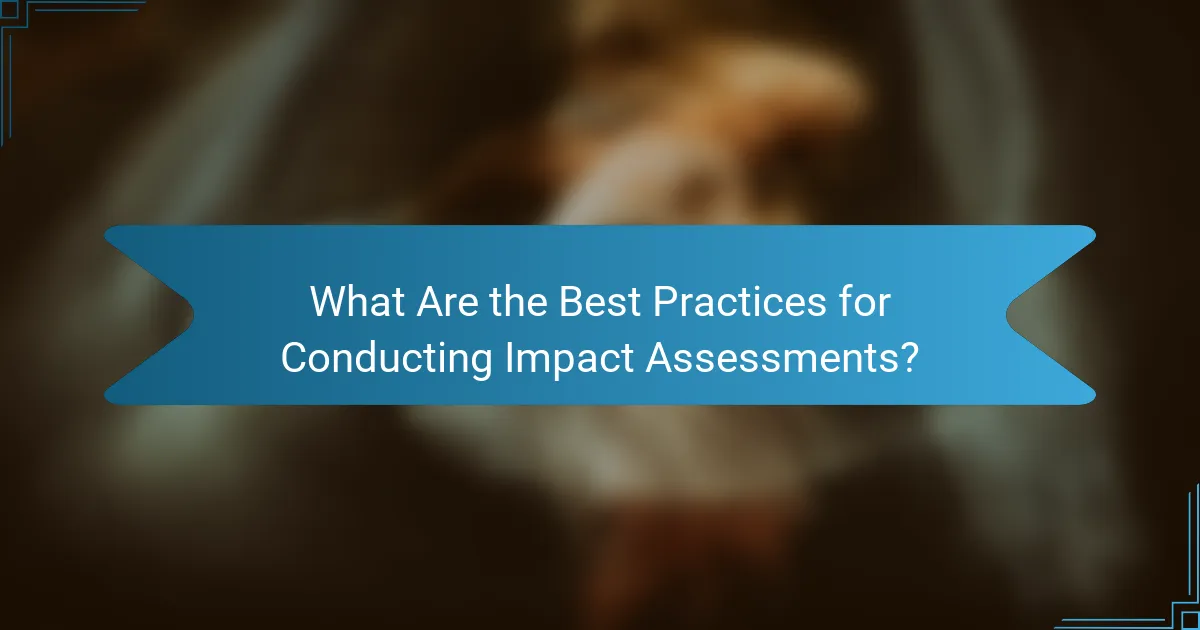
What Are the Best Practices for Conducting Impact Assessments?
Best practices for conducting impact assessments involve setting clear objectives, integrating local insights, and utilizing both quantitative and qualitative data. These practices ensure that assessments are comprehensive, relevant, and actionable for stakeholders.
Defining Clear Objectives
Defining clear objectives is crucial for effective impact assessments. Objectives should be specific, measurable, achievable, relevant, and time-bound (SMART) to guide the assessment process. For instance, an objective might focus on reducing carbon emissions by a certain percentage within a defined timeframe.
When establishing objectives, consider the needs and expectations of stakeholders, including local communities and regulatory bodies. This alignment helps ensure that the assessment addresses the most pertinent issues and fosters stakeholder buy-in.
Incorporating Local Knowledge
Incorporating local knowledge enhances the relevance and accuracy of impact assessments. Engaging with community members, local experts, and indigenous groups can provide valuable insights into environmental and social dynamics that may not be captured through standard data sources.
Methods for gathering local knowledge include interviews, focus groups, and participatory workshops. These approaches not only enrich the assessment but also empower local stakeholders, fostering a sense of ownership and responsibility towards the outcomes.
Using Quantitative and Qualitative Data
Using both quantitative and qualitative data provides a comprehensive view of potential impacts. Quantitative data can include measurable indicators such as economic costs, health statistics, or environmental metrics, while qualitative data offers context through narratives and personal experiences.
Balancing these data types allows for a more nuanced understanding of impacts. For example, while a quantitative analysis might show a 20% increase in local employment due to a project, qualitative feedback could reveal concerns about job quality or community displacement. This holistic approach ensures that all dimensions of impact are considered in decision-making.
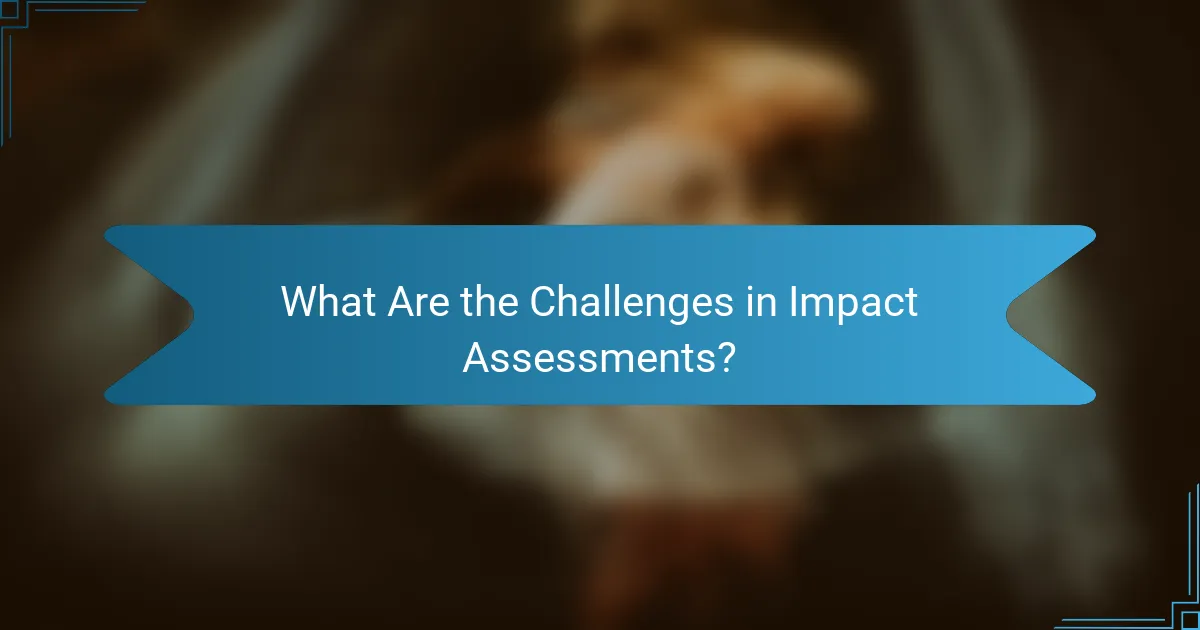
What Are the Challenges in Impact Assessments?
Impact assessments face several challenges that can hinder their effectiveness, including data availability, stakeholder engagement, and regulatory compliance. Addressing these issues is crucial for producing reliable and actionable assessments.
Data Availability Issues
Data availability is a significant challenge in impact assessments, as incomplete or inaccessible data can lead to inaccurate conclusions. Organizations often struggle to gather relevant data from various sources, which may include government databases, private sector reports, or community feedback.
To mitigate data availability issues, it’s essential to identify key data sources early in the assessment process. Establishing partnerships with local agencies or organizations can enhance data collection efforts. Additionally, utilizing open data platforms can provide valuable insights and fill gaps in information.
When assessing data availability, consider the quality, timeliness, and relevance of the data. Using a mixed-methods approach that combines quantitative data with qualitative insights can provide a more comprehensive understanding of the impact being evaluated.
